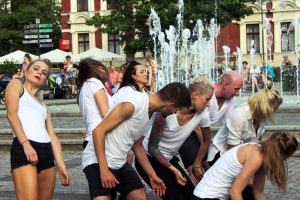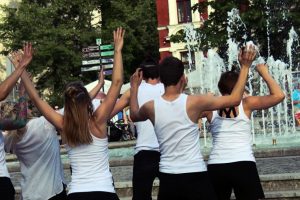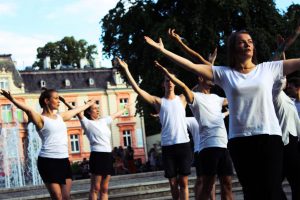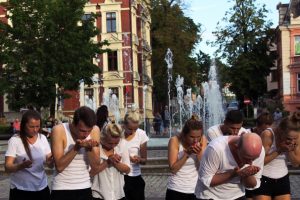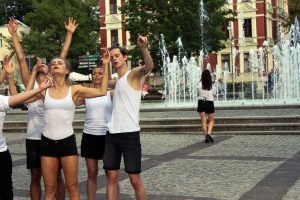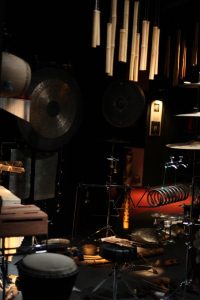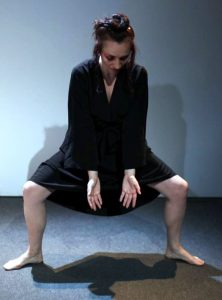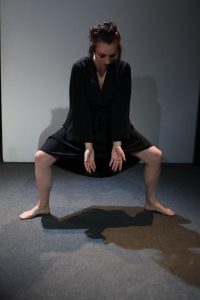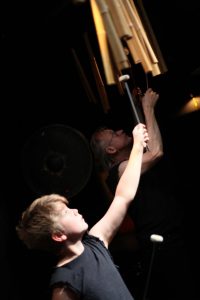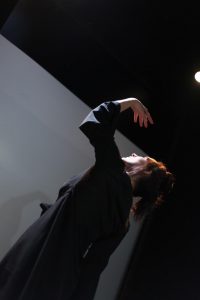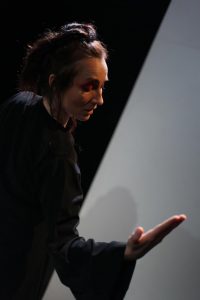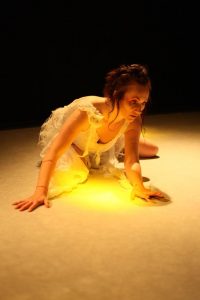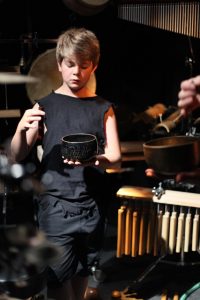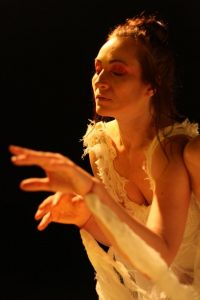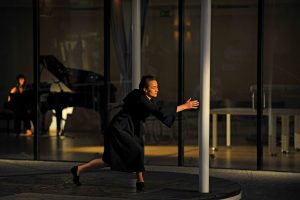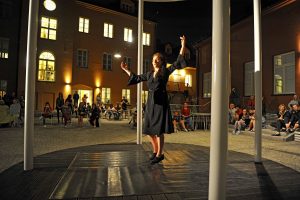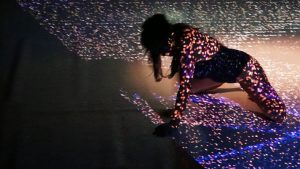Premiere at Festiwal Konfrontacje Europejskie, Warszawa, 2017
The story is inspired by Bill Bryson’s book A Short Story of Nearly Everything, which readily describes some of the scientific phenomena. Since its release, the book has been sold in 300,000 copies. This fact raises a series of questions about the possibility of using such a method in choreography. For example: what could be a brief history of one choreographer’s work? What is a short story? Is the short story able to tell anything about the artist’s work? And if so, what would it say? What do not we learn from such a story?
In connection with these questions, a dance performance was created. Performance, which is an artistic response to the work of Israeli choreographer Michael Getman. In the program we will see Michael Getman’s solo Am I (composed for Talia Paz) performed by himself, as well as a series of choreographic monologues by Iwona Wojnicka and Michał Góral. We will also see a film collage by Marta Kawecka, mapped to the scene by Piotr Cieślik. Performance will also be composed by improvising musicians – Piotr Mełech, Tadeusz Sudnik, Rafał Smoliński Wojtek Kurek.
Am I \\ Dancer: Talia Paz. Choreography of Michael Getman
A short and personal creation for the Dancer Talia Paz. The dance movements
are all part of Talia Paz’s personal movement material she embodied and performed in the last 20 years. Various forms of expression stretched from Ohad Naharin to Matz Ek’s significant style, from Stijn Celis to Sharon Eyal’s extreme body language, are being re-visited and examined by Talia Paz. Deconstructing the text of the famous tune from the chorus line ‘Let Me Dance For You‘ into fragments of words and breathes, allows Talia to reformulate her artistic presence and skills.
Straddling the line between personal physicality to spoken text and the uncertain relations evolving on stage between these, triggers Talia Paz to challenge her current physical and emotional state. A paradoxical landscape is created, shifting between the tragic and the comic, between the gaze and the hearing, between the said and the done and between the body’s desire to master the craft and to lose power and form.
“A sober and sobering dance, which incorporates a rare self-consciousness, a wonderful talent and a healthy humour.” Merav Yudilovitch.
Dance, choreography: Iwona Wojnicka, Michael Getman, Michał Góral
Music: Piotr Mełech (clarinet, bass clarinet), Tadeusz Sudnik (life electronic) Rafał Smolinski (bass), Wojtek Kurek (drums).
Movie collage: Marta Kawecka
Video mapping: Piotr Cieślik




















